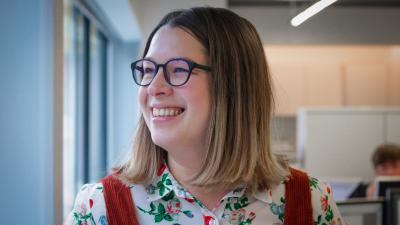Kim Corrall is an Associate with Buttress. In our latest Behind the B, she discusses the importance of engaging with communities as part of the design process and what inspires her interest in working with historic buildings.
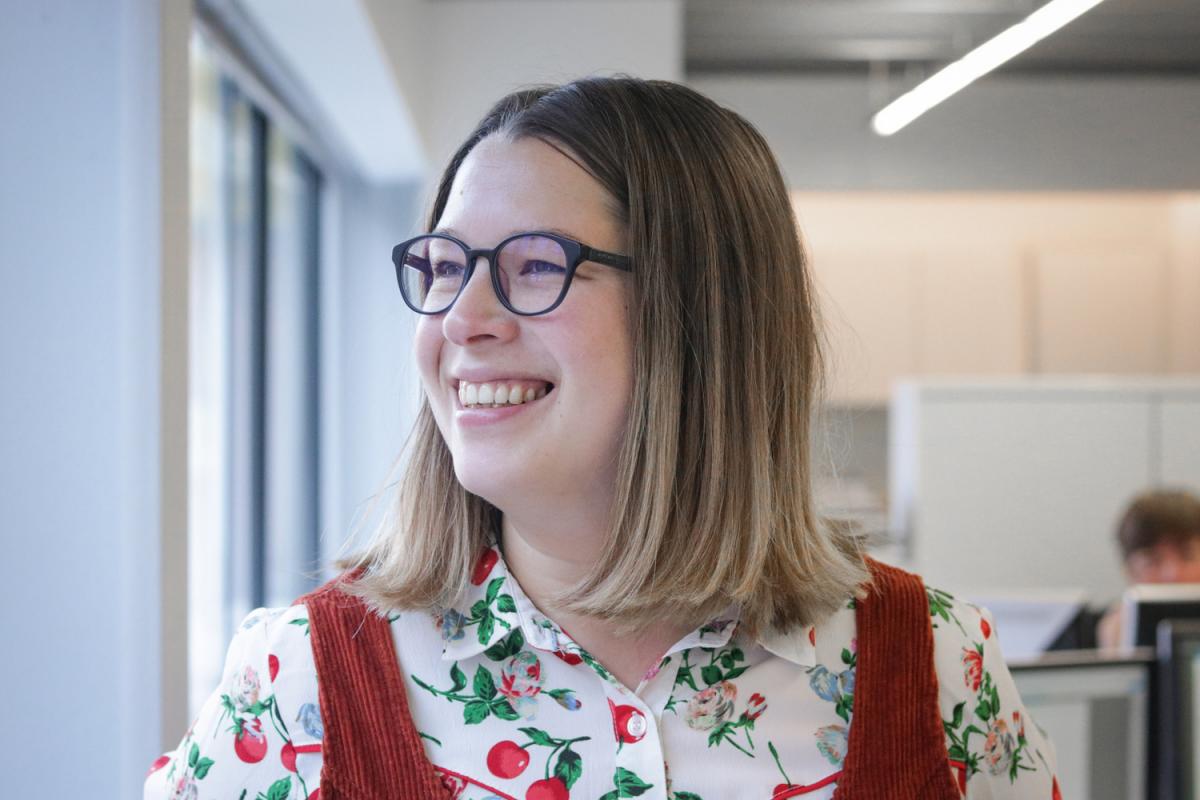
What does ‘good design’ mean to you?
Good design is about people. It’s about creating something that the user responds to well and that they’re able to use with ease.
It’s also important to remember that the brief doesn’t always reflect the nuances of the people who will ultimately be using the building, so I think that engagement is a fundamental part of creating really great design.
For me to produce a good design response, I have to be able to speak to the people who will be using the building and moving through the space. It’s through these conversations that you can really get under the skin of the brief, understand people’s expectations and aspirations, and develop a solution that is centred on their needs.
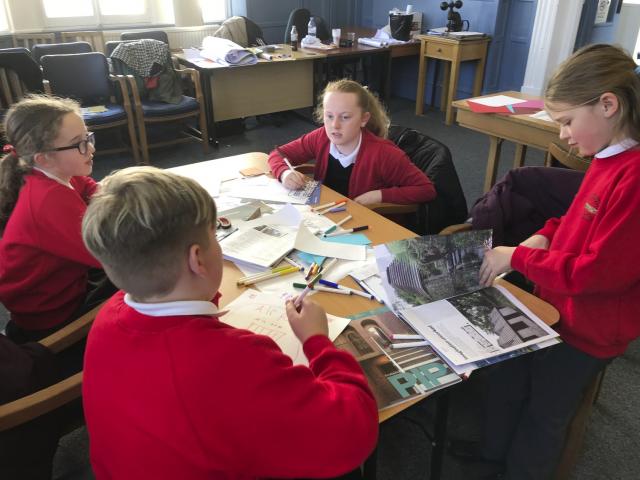
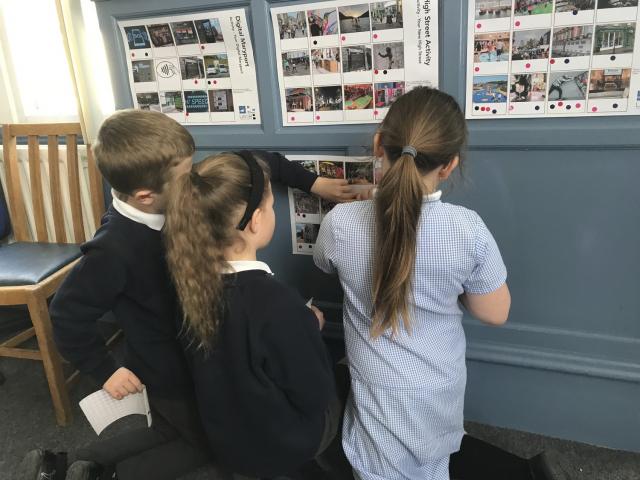
You’ve been involved in a lot of community consultation exercises on projects, are there any in particular that have stood out?
Last year, we were appointed to support Allerdale Borough Council with its bid to the next stage of the Government’s Future High Streets Fund. The project looked at how the town centre could adapt to changes in the retail industry so in designing the bid, feedback from those who live, work and visit Maryport was crucial. To enable this, we arranged several consultation events, stakeholder workshops, and carried out more than ten primary and secondary school visits to gain the broadest spectrum of ideas and opinions.
Although each group we engaged with responded slightly differently, as we completed the consultation exercise a clear narrative emerged that cut through all demographics. That was an exciting moment in the process because we knew that in responding to that narrative, we were responding directly to the community’s needs as a whole. It also gave us a strong foundation from which to develop our designs and better identify opportunities that would, for example, help businesses develop and enable local relationships to be built.
What encouraged you to pursue a career in heritage architecture?
The early years of my career were spent working on large retail and hotel developments so joining Buttress’ heritage team was a real change of gear for me, albeit it one that I had been wanting to make for a while.
My initial interest in historic buildings was sparked during my final year at university where I worked on a project that looked at options to redevelop Oldham Town Hall – which was derelict at the time – into a cinema and exploring how the building could be used to bridge the day and night gap within the town. Through this experience, I developed an awareness of what’s possible in a listed building and how we can push the boundaries to breathe new life into buildings that have been forgotten by time.
Although my career took a different path after graduation, my interest in historic buildings sustained so when a job in the team at Buttress came up, I jumped at the chance.
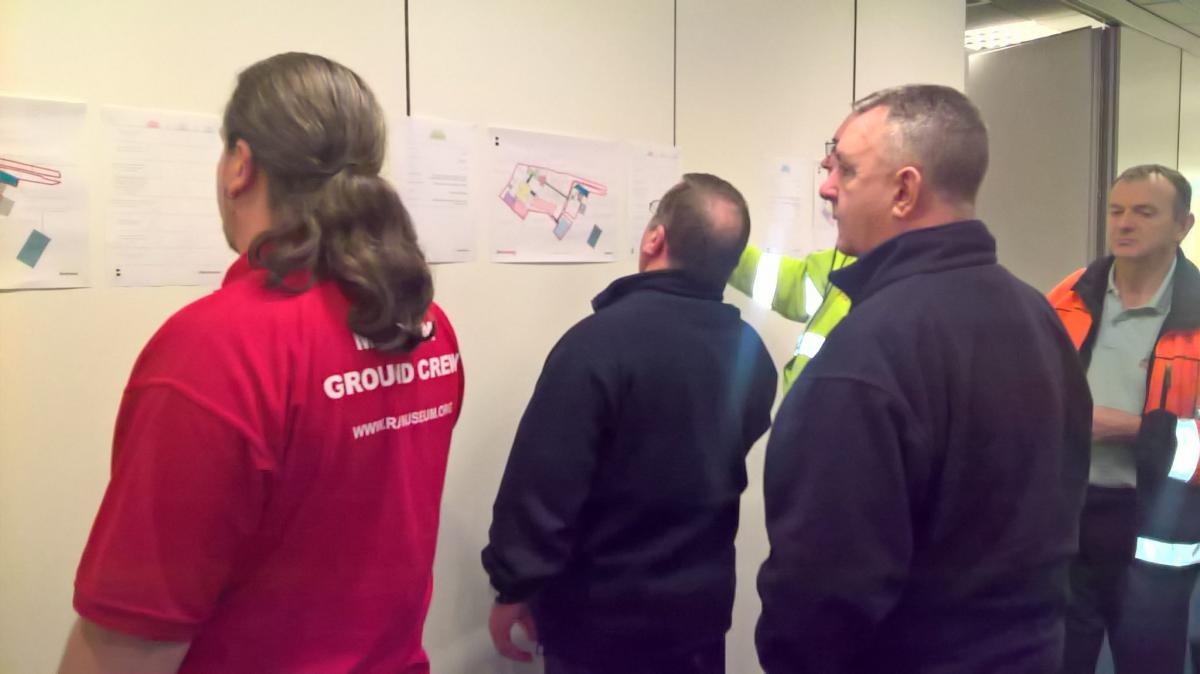
What is it about working with historic buildings that you enjoy?
With some of the projects I’ve worked on, generations of families have lived in the space, so there’s a wealth of social history that accompanies these buildings. I enjoy listening to people’s stories and peeling back the layers of history to understand its past life, and then using this insight to create a design response that plays to the building’s character.
What’s your favorite Buttress project to date and why?
One of the first projects I worked on at Buttress was a strategic masterplan for the RAF Museum Cosford. Our brief was to take a visionary approach and we were given the freedom to generate bold and aspirational ideas for how the museum could evolve over the next 25 years.
Five years on, I’m still involved with the museum and have been taking elements our masterplan, working them up in detail, and delivering them on site. It’s been great to see our vision come to life and to have had the opportunity to play such a strategic role in the museum’s future.
What’s your favourite thing about your role at Buttress?
I feel fortunate that I am given the freedom to do the things that I really enjoy doing, such as engaging with people and ensuring that is central to the design process. I’ve also been lucky to work with clients that recognise the importance of taking a human centric approach. It's rewarding to know that I’m working with people who share my values and are committed to making a positive impact on communities.
Kimberley Corrall
Kimberley is an associate at Buttress who works within the practice's heritage team, specialising in projects that have a strong community emphasis.
